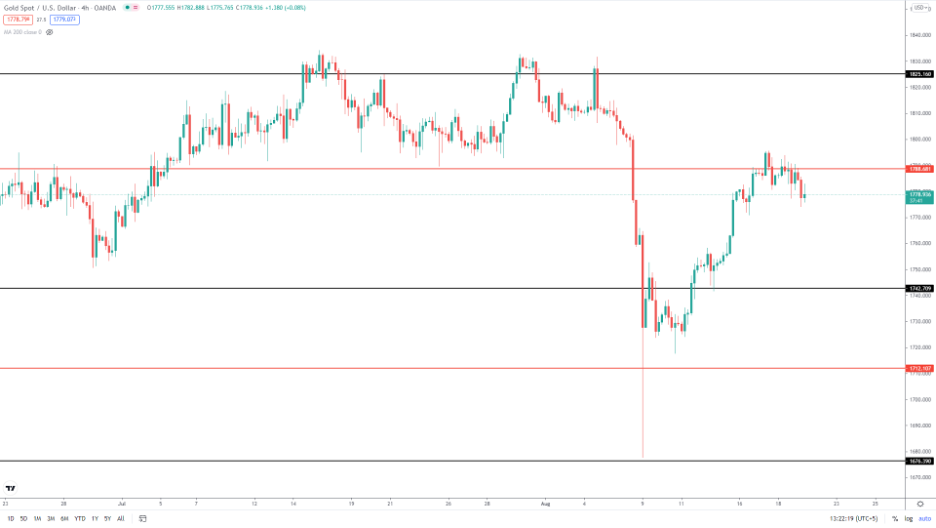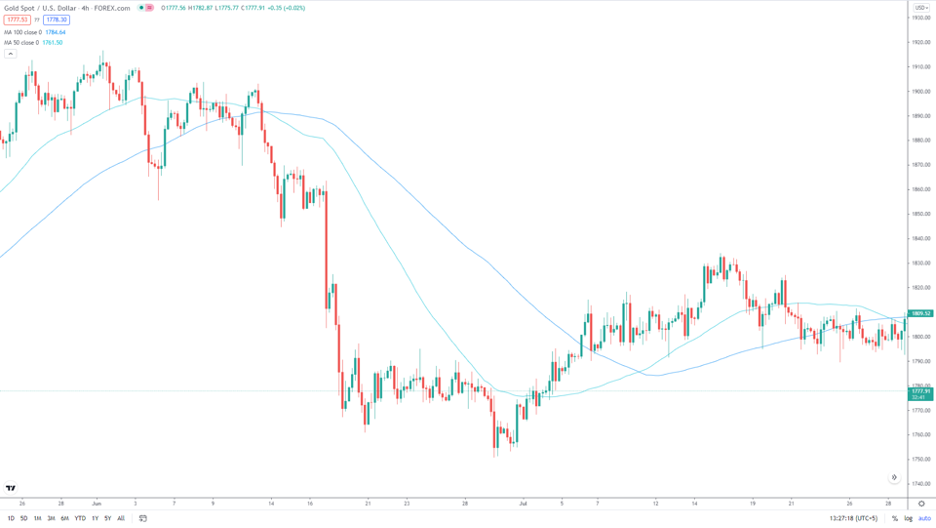Organizing is the key to doing your job. When you have an organized desk, you create the best environment for everyday tasks. One poll found that 85% of people believe that disorder has a negative impact on their lives and work, and 65% believe that disorder actually hinders their efficiency.
So, to start productive thinking, start with what you have in front of you: your desk. Here are 5 ways to get your desk organized.
An organized desk speaks professionally
Creating an organized environment is important not only for you but also for the people you are working with. Your workspace is a visual display of your work ethic. It promotes strong professional behavior and shows that success is important to you. Limit your desk to everyday items. Delete anything without a daily goal. This will make you less cluttered when you need to pursue something.
Less disorder reduces stress
Stress is inevitable when chaos overwhelms you. A cluttered work environment can be distracting and can reinforce a negative mood and help you feel overwhelmed or overwhelmed. When you are experiencing stress about a future project, having an organized space helps you focus and be efficient.
Transform your trash can. Howard drawer inserts create chaos by creating a specific place to store electronics, pens, paper clips, notebooks, notes, and sudden changes.
An organized desk helps you remember important tasks
Everyone has an inbox for their email. However, many of us do not realize that the physical inbox on our desk is just as vital in today’s modern office. To organize, designate an input and output unit for office work. This helps you avoid misplacing documents, which in turn keeps you ahead of your to-do list.
Use wall space. On the surface of the eye, hang the papers you use as a daily reference to reduce the clutter on the table. Also, if in doubt, throw it out! Use the best desk organsier tools to keep paper flow regular and off-the-shelf.
Organizers bring creativity into work
Creativity is very important in the workplace and nothing inspires creativity as much as a blank page. Keep your desk clean so you can focus on what you want to do, not be bombarded with side projects or deadlines.
Discard and recycle. Keep trash and bins out of reach to dispose of unnecessary items. Are you afraid to throw away that loose paper with an important note? Save it in an organised drawer or never lose it by scanning it on your computer!
Do you constantly move around your house during the workday? If you are never sure if you want to sit at your kitchen table, sofa or patio, you need a portable work desk to hold your laptop by your side. This device, called a “vault”, measures approximately 13 by 10 inches, with a tasteful fabric cover and a magnetic clasp.
The organizer has two drawers, each divided into compartments, and labels to help you figure out how to work and locate. Articles can be sorted using ten acid-free vertical files – six full-size files and four half-size files. You may even buy a box for each of your children and use it as a homework command center. As an added bonus, you can fold it every night to hide any long-lasting clutter.
One of the other organizers you can use is a daily diary & calendar which you can buy from Office Corporate.
Do you have an unwanted drawer that needs to be shaped?
If you are still a person who has not yet become a necessity for drawer organizers, this collection will change your mind. This device is designed for a standard size drawer (dimensions 15 x 9 inches) and has seven small gifts: four rectangular and larger and three small and square. (It is easy to see why fans of these organizers compare the setup process to a challenging Tetris game.) Of course, if you know exactly what you want to store and how big these devices are, you can also choose to make your own la carte slider organizer set from multiple container store mesh options.














 Bitcoin
Bitcoin  Ethereum
Ethereum  Tether
Tether  XRP
XRP  USDC
USDC  Solana
Solana  TRON
TRON  Lido Staked Ether
Lido Staked Ether  Cardano
Cardano  Avalanche
Avalanche  Toncoin
Toncoin